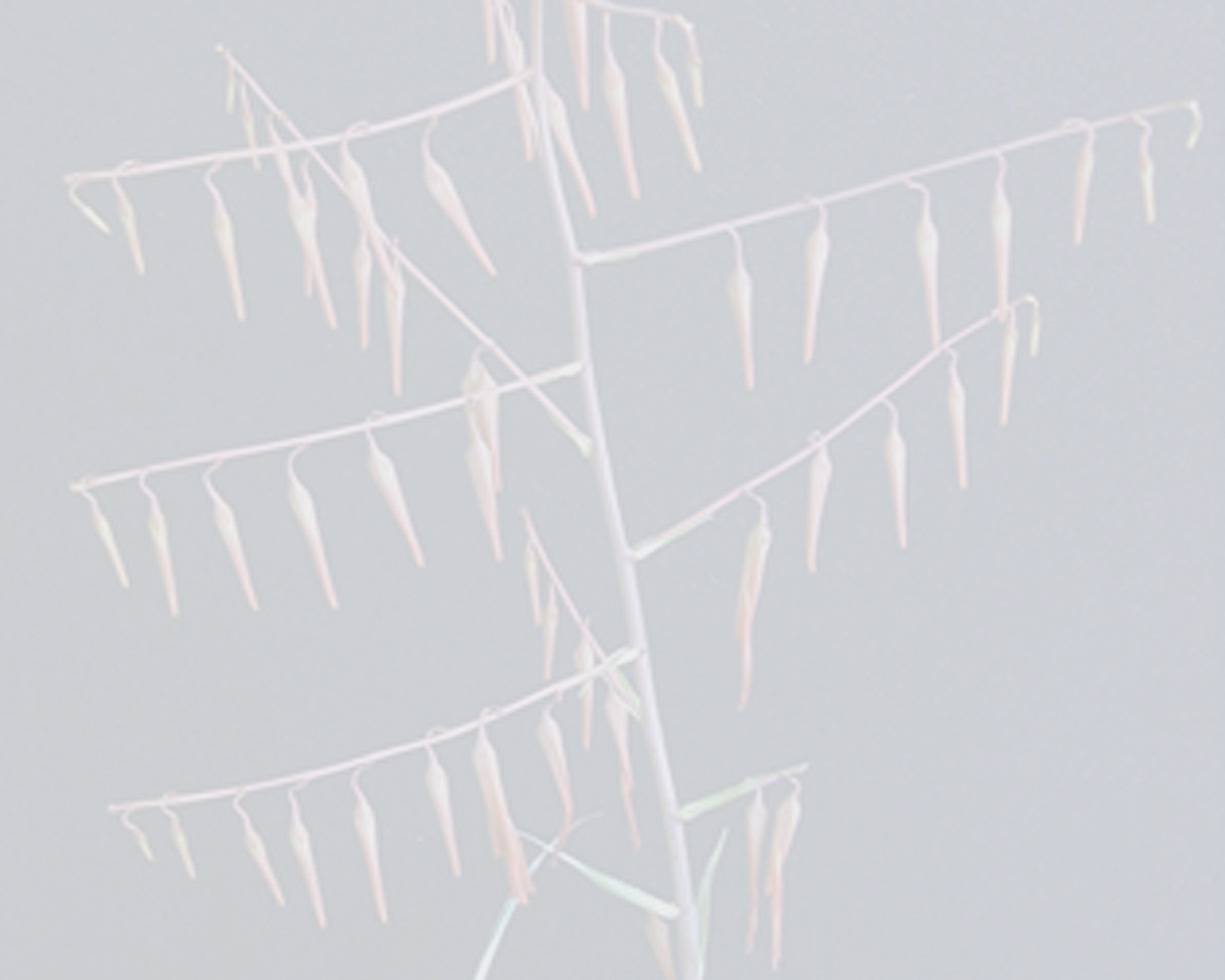


plant forming clusters, with a short stem, flowering up to 50 cm high. leaves dimorphic the outer (basal) reduced to short (2 cm long), black, thorny leaves; the normal leaves numerous, forming a dense, spreading rosette, up to 10 cm high and 50 cm in diameter; sheath 2 cm wide, 1.2 cm high, thin, pale green, even at the margin; blade very soft, yellow-green, lanceolate, attenuate, up to 30 cm long, in the middle of the blade, 3 cm wide, narrowing at the base, but not petiolated, with stiff brown spines, glabrous above, lepidote only at the tip, laxly white woolly beneath. inflorescence: peduncle erect, round, reddish, 3 mm thick, laxly woolly, longer than the rosette leaves; peduncle bracts the basal ones subfoliate, imbricate; the middle ones narrow-lanceolate, acute, longer than the internodes; the upper ones shorter than the internodes, membranaceous, woolly lepidote at the margin; fertile part simple, up to 25 cm long, pyramidal with about 26 laxly arranged flowers; rachis erect, straight, thin, bright red, glabrbus; floral bracts triangular-acute, pale green to red, laxly lepidote, much shorter than the divergent 1.5–2 cm-long, thin, red, laxly lepidote pedicels. flowers at anthesis divergent, postfloral erect, slightly zygomorphic, to 5.5 cm long; sepals the adaxial ones carinate, narrow triangular, acute, up to 22 mm long, nearly glabrous, dark red; petals ligulate, rounded but apiculate, 5 cm long, orange-red in the upper part, pale carmine at the base, with a small scale. stamens shorter than the petals, with yellowish filaments and 6 mm-long anthers. pistil: style longer than the petals, with spiral, papillate stigmas; ovary 6 mm long, 3/4 superior; ovules obtuse, not caudate.Edited from ( 1-52-2023): Rauh 1988b. (protologue) Pitcairnia grafii, a New, Atractive Plant from Venezuela .